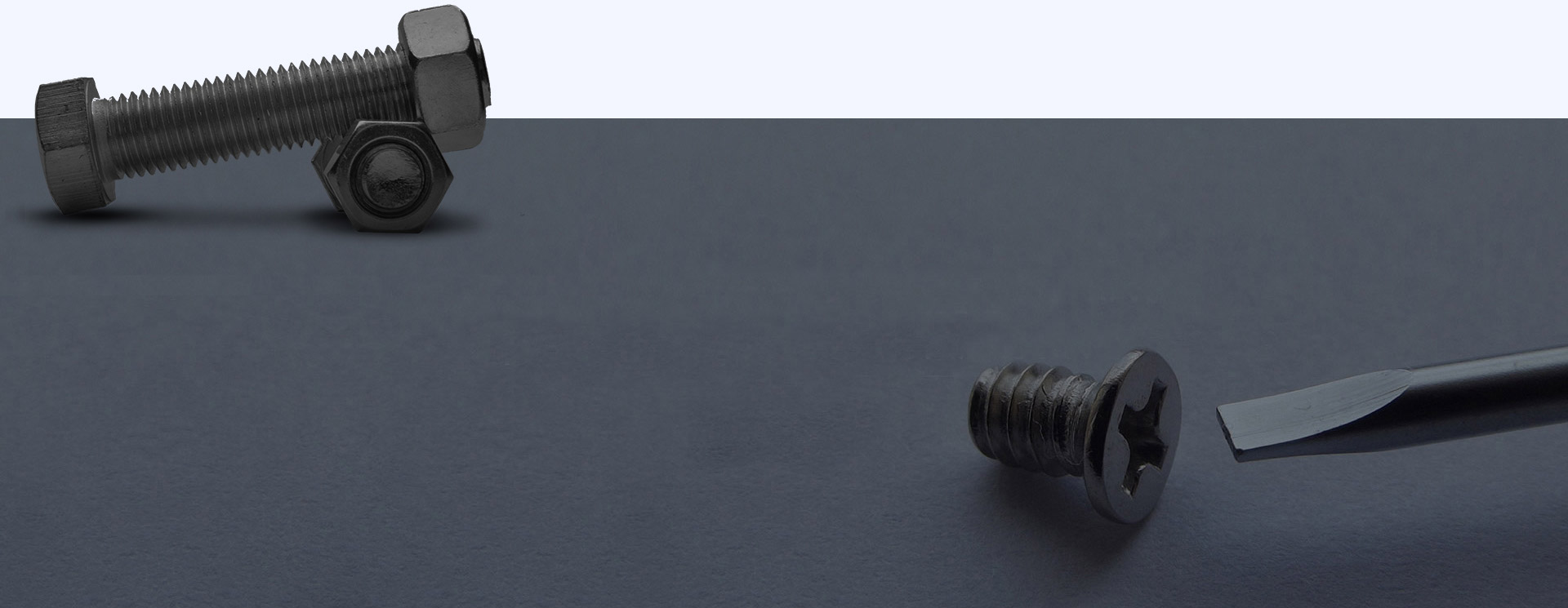
Nov . 10, 2024 16:34
Back to list
Understanding the Functionality and Applications of Pressure Reducers in Fluid Systems
Understanding Pressure Reducers Essential Components for Fluid Control
In various industrial and residential applications, the management of fluid pressures is crucial for safety and efficiency. One key component employed in these settings is the pressure reducer. Also known as a pressure regulator, this device plays a vital role in maintaining low, constant output pressures from higher inlet pressures. This article explores the functionality, types, applications, and maintenance of pressure reducers.
Functionality of Pressure Reducers
A pressure reducer operates by reducing the pressure of a fluid (liquid or gas) passing through it. The primary goal is to ensure that downstream equipment, pipelines, or appliances receive fluid at a safe and manageable pressure level. When high-pressure fluid enters a pressure reducer, it typically moves through a valve that modulates the flow to maintain a predetermined output pressure.
The core of this device consists of a spring-loaded diaphragm that responds to changes in the output pressure. When the output pressure exceeds the set point, the diaphragm moves, closing the valve and reducing the flow. Conversely, if the downstream pressure drops, the valve opens to allow more fluid to pass through. This dynamic feedback mechanism enables precise control over fluid pressures, protecting equipment and ensuring optimal performance.
Types of Pressure Reducers
Pressure reducers come in various designs tailored to specific applications and types of fluids.
1. Single-Stage Pressure Reducers These are typically used in applications where the pressure needs to be lowered to a moderate level. They are straightforward in design and ideal for situations where the inlet pressure is not significantly higher than the desired outlet pressure.
2. Two-Stage Pressure Reducers For applications with high inlet pressures, two-stage pressure reducers are employed. These devices first reduce the pressure to an intermediate level, and then further reduce it to the desired level. This approach minimizes pressure fluctuations and provides a more stable output.
3. Electronic Pressure Reducers In modern applications, electronic pressure reducers have emerged. These sophisticated devices use electronic sensors and controllers to maintain precise pressure levels, allowing for better automation and integration into complex systems.
4. Specialized Pressure Reducers Some pressure reducers are designed for specific industries, such as gas distribution, where they need to meet stringent safety regulations. Others may be constructed from particular materials to handle corrosive fluids or extreme temperatures.
Applications of Pressure Reducers
pressure reducer

Pressure reducers are widely used across several industries, including
- Water Supply Systems In municipal water supply systems, pressure reducers help manage the pressure to ensure safe and efficient delivery of water to homes and businesses. This is crucial for preventing pipe bursts and ensuring consistent flow rates.
- Gas Distribution Natural gas and propane systems utilize pressure reducers to ensure that gas is delivered at safe pressures, suitable for appliances like heaters, stoves, and generators.
- Industrial Processes Many manufacturing processes require precise fluid pressures for optimal operation. Pressure reducers are integral to hydraulic systems, chemical processing, and pneumatic applications.
- HVAC Systems In heating, ventilation, and air conditioning systems, pressure reducers are critical for managing refrigerant pressures, which is essential for efficient cooling and heating.
Maintenance of Pressure Reducers
To ensure the longevity and reliability of pressure reducers, regular maintenance is essential. Here are some key maintenance practices
- Routine Inspections Regularly check for signs of wear, leaks, or corrosion. Early detection can prevent more significant problems down the line.
- Cleaning Accumulation of debris can affect the performance of a pressure reducer. Periodic cleaning of the device will help maintain efficient operation.
- Calibration Ensure that pressure settings are correctly calibrated according to the manufacturer's specifications, as incorrect settings can lead to system inefficiencies and potential hazards.
- Replacement When components of the pressure reducer show signs of significant wear or damage, it is prudent to replace them promptly.
In conclusion, pressure reducers are essential devices in managing fluid systems across various industries. Understanding their functionality, types, applications, and maintenance strategies is crucial for anyone involved in the design, operation, or maintenance of fluid systems. By effectively utilizing pressure reducers, industries can enhance safety, efficiency, and performance in their operations.
Latest news
-
Safety Valve Spring-Loaded Design Overpressure ProtectionNewsJul.25,2025
-
Precision Voltage Regulator AC5 Accuracy Grade PerformanceNewsJul.25,2025
-
Natural Gas Pressure Regulating Skid Industrial Pipeline ApplicationsNewsJul.25,2025
-
Natural Gas Filter Stainless Steel Mesh Element DesignNewsJul.25,2025
-
Gas Pressure Regulator Valve Direct-Acting Spring-Loaded DesignNewsJul.25,2025
-
Decompression Equipment Multi-Stage Heat Exchange System DesignNewsJul.25,2025

